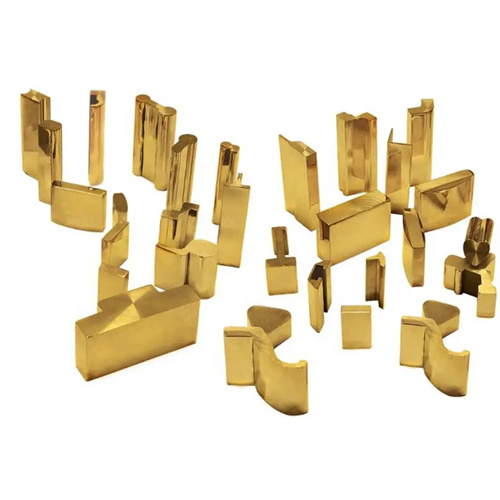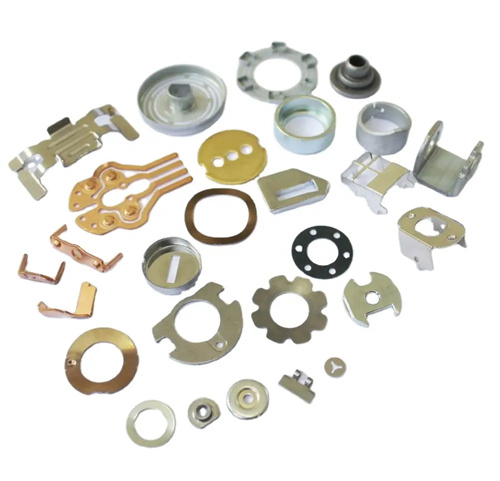Nickel and nickel alloy welding rods
Nickel and nickel alloy welding rods are a type of welding material used for welding nickel and nickel alloy materials. They consist of a core and a coating. They have excellent welding performance and corrosion resistance, and play an important role in welding operations in the chemical, aerospace, and electric power industries. The core is usually made of pure nickel or nickel alloy wire, whose composition is essentially the same as the material being welded to ensure the performance of the weld joint. The coating is composed of various minerals, alloy powders, and organic matter, and has arc stabilization, slag formation, deoxidation, and alloying functions, which can improve the stability of the welding process and the quality of the weld. Nickel and nickel alloy welding rods can be divided into multiple varieties, such as pure nickel welding rods, nickel-copper alloy welding rods, and nickel-chromium alloy welding rods, depending on their use and performance, to meet the welding needs of different nickel alloy materials.

The production process for nickel and nickel alloy welding rods includes core manufacturing, coating preparation, coating, and drying, each requiring strict control. First, the core is made from appropriate pure nickel or nickel alloy raw materials, based on the type and performance requirements of the welding rod. This is then drawn into the desired diameter through a wire drawing process, and surface treated to remove oil and scale. Next, the coating is prepared according to a specific formula. The various raw materials are mixed uniformly and an appropriate amount of binder is added to create the coating. Next, a coating machine is used to evenly apply the coating to the core surface, creating a coating of a desired thickness. The coated welding rod is then dried to remove moisture and organic matter, allowing the coating to solidify and achieve a certain strength. Finally, the welding rod undergoes visual inspection, dimensional measurement, and performance testing to ensure that it meets quality standards.

Nickel and nickel alloy welding rods are indispensable welding materials in the manufacture and maintenance of chemical equipment. Hastelloy C-276 alloy welding rods are commonly used to weld Hastelloy C-276 alloy plates in the manufacture of corrosion-resistant reactors, storage tanks, and other equipment. This ensures the weld joints possess corrosion resistance comparable to the parent material and prevents leakage during operation. In chemical pipeline maintenance, Monel 400 alloy welding rods are used to weld damaged Monel 400 alloy pipes, enabling rapid repairs and restoring pipeline function. A chemical company, while repairing a urea synthesis tower, used nickel-copper alloy welding rods to weld cracks in the tower. This not only ensured weld quality, but also shortened repair time and minimized production losses.

The aerospace and power generation industries place extremely high demands on the welding quality of nickel and nickel alloy electrodes. In the manufacture of aerospace equipment, Inconel 718 alloy electrodes are used to weld aircraft engine components, such as turbine blades and combustion chambers. These welded joints must possess high strength and toughness to withstand the high-temperature, high-pressure operating environment of the engine. In the structural welding of spacecraft, pure nickel electrodes are used to weld thin-walled nickel alloy components, ensuring the tightness and lightweight properties of the welded joints. In the power generation industry, nickel-chromium alloy electrodes are used to weld pipelines and equipment in nuclear power plants. These welded joints must exhibit excellent radiation and corrosion resistance to ensure the safe operation of the plants. An aviation manufacturing company employs precision welding processes using Inconel 625 alloy electrodes to weld aircraft fuel lines, achieving welded joint strength exceeding 90% of that of the parent material.

With the continuous advancement of industrial technology, the performance and quality of nickel and nickel alloy welding rods are constantly improving, and their application areas are also continuously expanding. Manufacturers are developing new welding core materials and coating formulas to improve welding performance and weld quality. For example, low-hydrogen nickel and nickel alloy welding rods have been developed to reduce hydrogen-induced cracking during welding. At the same time, welding rods suitable for various welding methods, such as manual arc welding and argon arc welding, have been developed to meet different welding methods and process requirements. Regarding environmental protection, companies have also developed environmentally friendly nickel and nickel alloy welding rods, such as lead-free and cadmium-free, to reduce environmental pollution. In the future, with the development of high-end manufacturing, the demand for nickel and nickel alloy welding rods will continue to grow, and their application prospects in the industrial welding field will be even broader.
